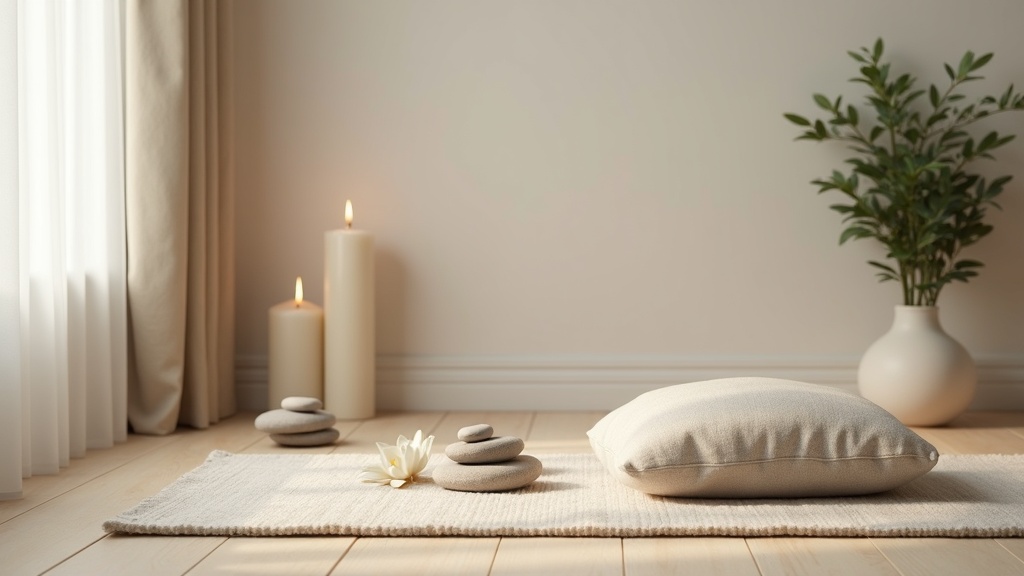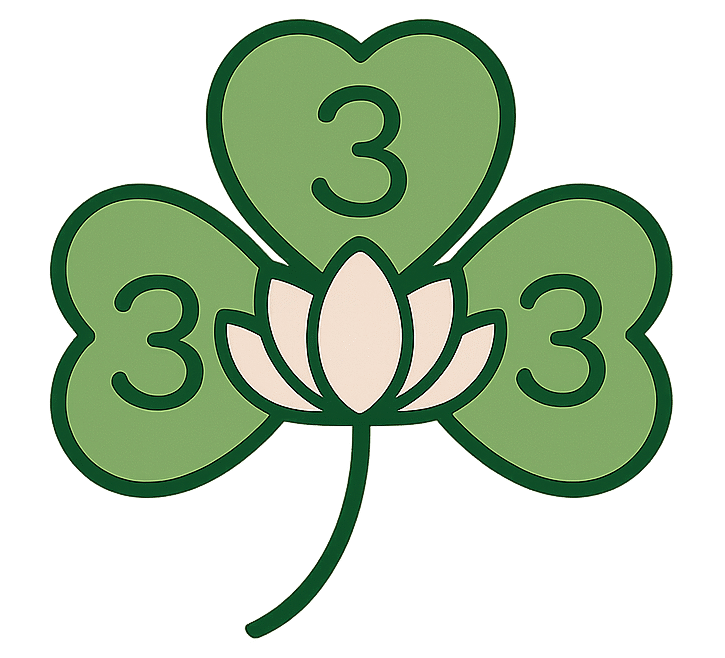 Meditation and mindfulness have become pretty popular as go-to strategies for managing stress, improving focus, and bringing more peace into everyday life. With busy routines and lots of distractions, many people are looking for simple tools to help them step back and reset mentally, even if it’s just for a few minutes a day.
Meditation and mindfulness have become pretty popular as go-to strategies for managing stress, improving focus, and bringing more peace into everyday life. With busy routines and lots of distractions, many people are looking for simple tools to help them step back and reset mentally, even if it’s just for a few minutes a day.
If you’ve ever wondered how meditation really works or felt confused about where to start with mindfulness, you’re definitely not alone. There’s a lot of info out there, and sometimes it gets pretty overwhelming. The truth is, adding a bit of meditation or mindful awareness to your routine doesn’t have to be complicated or time-consuming. Even small changes can make a huge difference over time.
You’ll find a bunch of practical tips, beginner friendly meditation techniques, and some science-backed benefits in this guide. All are designed to help you get started with meditation and mindfulness in a way that fits your lifestyle, whether you want to feel calmer, sleep better, or just be more present throughout the day.
1. Understanding Meditation and Mindfulness
Meditation is a broad term that covers techniques aimed at training your attention and awareness. Mindfulness is a specific approach to meditation, where you focus on being present by observing your thoughts, feelings, and sensations without judgment. You don’t need special equipment or a quiet mountain retreat; it’s something you can try anywhere, even if you only have a few minutes.
What’s the Difference?
- Meditation includes lots of different practices, like guided meditations, breathing exercises, or repeating mantras.
- Mindfulness means paying attention to your experience on purpose, in the moment, and without criticizing yourself.
Most people actually combine both by practicing mindfulness through meditation. Both help create a sense of inner calm and can improve the way you handle stress.
2. Benefits of Adding Meditation and Mindfulness
You might notice the mental and physical perks of meditation after just a few weeks of consistent practice. Plenty of studies back this up. Here are some of the main reasons people keep coming back to it:
- Feeling calmer and less scattered
- Better focus and memory (great for work or school)
- Fewer bursts of anxiety or stress
- Improved sleep quality
- Lower blood pressure and a steadier heart rate
- Greater sense of compassion and patience
Meditation won’t fix every problem, but regular practice can make tough days feel more manageable and good days even better. Journals like JAMA Internal Medicine have published research showing mindfulness reduces anxiety, depression, and pain across a mix of participants, which is pretty promising. It gives me confidence every time I walk someone through starting a new meditation habit.
3. Easy Mindfulness Meditation Practices to Try
You don’t need to sit for hours with your legs twisted like a pretzel. Short, simple mindfulness exercises are super useful for beginners (and for fitting into a busy schedule). Here are a few techniques that work well:
Breath Awareness
- Sit comfortably, close your eyes if you want, and pay attention to your breath. Just notice the cool air entering and warm air leaving your nose. When your mind wanders, gently return your focus to your breathing. Even a few deep breaths with attention can make a big difference.
Body Scan
- Start at the top of your head and slowly move your attention down your body, noticing each body part and any sensations, tension, or relaxation. This helps you reconnect with yourself and let go of built-up stress.
Mindful Walking
- Take a walk and focus on each step: the way your feet touch the ground, the feel of the air, the sounds you hear. It’s actually a great way to clear your head without having to sit still.
Guided Meditations
- If you’re just starting out, apps like Headspace or Insight Timer offer free guided meditations that walk you through every step. This can be really helpful if you like to have some instruction at first.
Starting small, even for five minutes a day, is much more sustainable than forcing yourself into long sessions right away. It’s about showing up consistently, not getting it perfect.
4. Building a Mindfulness Routine That Actually Sticks
Bringing meditation and mindfulness into your daily routine gets easier once you make it a habit. That first step is usually the hardest, though. Here are some tips I’ve found handy for keeping it going:
- Pick a specific time, like after you wake up or just before bed.
- Create a little meditation spot with a cushion, blanket, and maybe a candle or plant to make it more inviting.
- Set reminders on your phone so you don’t forget.
- Combine your meditation with another habit (like right after brushing your teeth).
- Keep track of your progress: jotting down how you feel before and after can be motivating.
Remember, it’s totally normal to skip days or have moments where it feels like nothing’s happening. Sticking with it, even if it’s not perfect, is where you see results. The consistency matters so much more than the length of each session.
5. Overcoming Common Roadblocks
Starting any new habit comes with some bumps in the road. With meditation and mindfulness, I hear a lot of the same concerns, so here’s what’s really going on:
- “I can’t stop my thoughts.” That’s totally normal! The goal isn’t to make your mind go blank but to notice thoughts without getting stuck on them. With time, letting go of distractions gets easier.
- “I don’t have time.” Even just one mindful minute during your work break or a few breaths before a meeting count. Meditation is flexible; fit it in where you can.
- “It feels silly or awkward.” New routines often do. If you keep at it for a week or two, you’ll probably notice less resistance and more benefits.
- “I’m not sure if I’m doing it right.” There’s no perfect way to meditate. If you’re showing up and noticing the moment, you’re doing just fine. Guided meditations can also help make things clearer when you’re learning.
6. Using Mindfulness Throughout Your Day
Meditation isn’t just about what happens on the cushion or yoga mat. Mindfulness can follow you into almost every part of your day. Here are a few ways I add it in:
- Bring awareness to small moments: washing dishes, cooking, or even commuting.
- Pause and notice physical sensations, especially during stress (like tight shoulders or clenching your jaw).
- Check in with yourself emotionally before reacting during a tense conversation.
- Slow down and notice the taste and smell of your food during meals.
Once you get the hang of mindfulness in quiet settings, it becomes easier to recall in the real world. This helps you respond instead of react, and stay calmer no matter what’s going on.
Final Thoughts
Anyone can get started with meditation and mindfulness, no matter how busy or skeptical you might feel. It’s surprising how just a few minutes a day can switch up your mood, your clarity, and the way you deal with stress. Whether you’re drawn to calming meditations, mindful walks, or just tuning into small everyday moments, there’s a practice out there that fits you.
Which mindfulness technique are you most curious about? I’d love to hear about your experiences, so feel free to share your thoughts or tips you’ve picked up along the way! And remember: consistency is key, and every small step counts as progress toward a calmer, more present you. Mindfulness truly shines when it becomes a natural part of your everyday life, and even small doses can give a big boost to your well-being.
